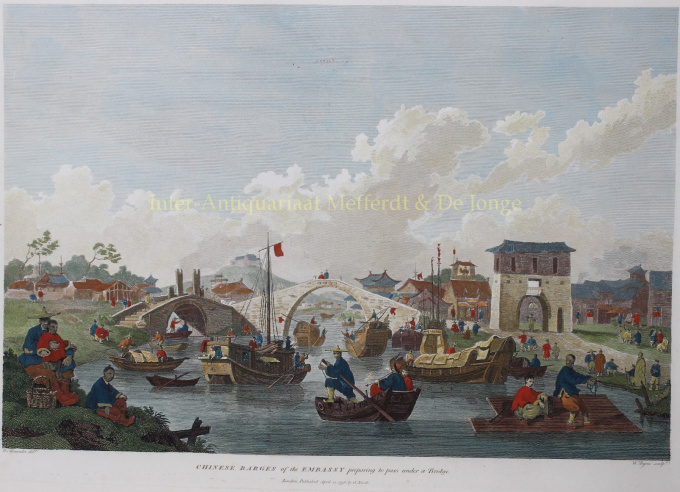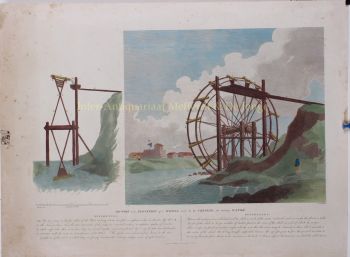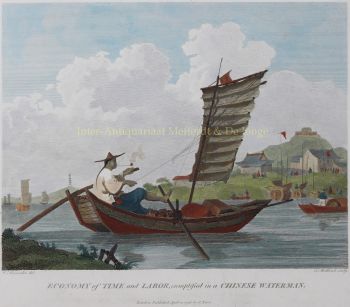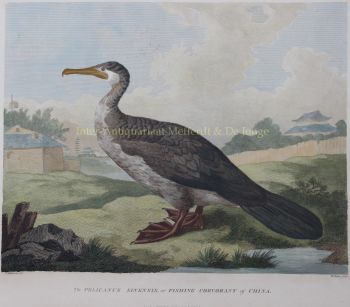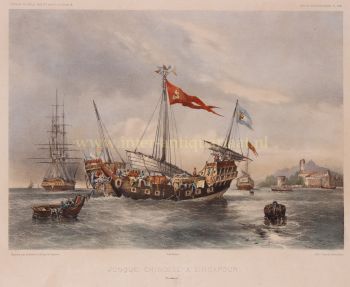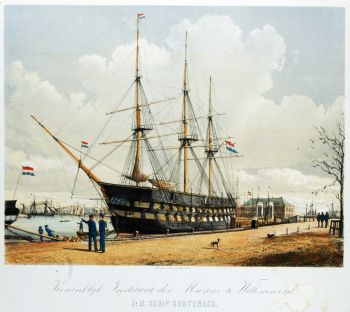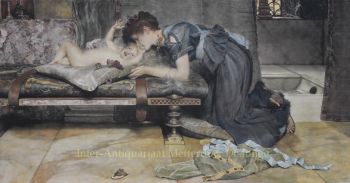La Chine, l'ambassade de Macartney après William Alexander 1796
William Alexander
€ 395
Inter-Antiquariaat Mefferdt & De Jonge
- Sur l'oeuvre d'art“Chinese Barges of the Embassy preparing to pass under a bridge.” Copper engraving by W. Bryne after a drawing by William Alexander (1767-1816 ) from the “Authentic account of an embassy from the King of Great Britain to the Emperor of China; including cursory observations made, and information obtained, in travelling through that ancient empire” written by Sir George Leonard Staunton and published April 12, 1796 in London by G. Nicol. Coloured by a later hand. Size (image): 29,8 x 44,8 cm. The embassy was headed by Earl George Macartney (1737-1806), who was dispatched to Beijing in 1792. He was accompanied by Staunton a medical doctor as his secretary, and a retinue of suitably impressive size, including Staunton’s 11-year-old son who was nominally the ambassador’s page. On the embassy’s arrival in China it emerged that the 11-year-old was the only European member of the embassy able to speak Mandarin, and thus the only one able to converse with the Emperor. Lord Macartney's embassy was unsuccessful, the Chinese resisting British overtures to establish diplomatic relations in view of opening the vast Chinese realms to free trade, but it opened the way for future British missions, which would eventually lead to the first Opium War and the cession of Hong Kong to Britain in 1842. It also resulted in this invaluable account, prepared at government expense, largely from Lord Macartney's notes, by Staunton, of Chinese manners, customs and artifacts at the height of the Qing dynasty. The engravings are of special interest because of their depiction of subjects that very few Europeans had heard of or seen, showing how advanced Chinese civilisation was on a technical, artistic and organizational level. Staunton describes this particular engraving as follows: “Tho some of the bridges in China are sufficiently high to admit of vessels to pass through their arches without striking their masts, yet as there are others of a lower construction, the masts of all their barges are contrived to lower down occasionally. To prevent carriages from passing over those bridges that are intended only for the accommodation of foot passengers, they are ascended by steps, as appears upon that on the left side of the print, under which a communication is sormed between the grand canal and another branching off from it, without any inconvenience to foot passengers, or those people whose employment is to track the barges.” Price: Euro 395,-
Êtes-vous intéressé par l'achat de cette oeuvre?
Artwork details
Related artworks
- 1 - 4 / 12
Abraham Salm
Twenty-four chromolithographs of Java after A. Salm”1801 - 1876
Preço em pedidoZebregs & Röell - Fine Art - Antiques
1 - 4 / 24- 1 - 4 / 12

